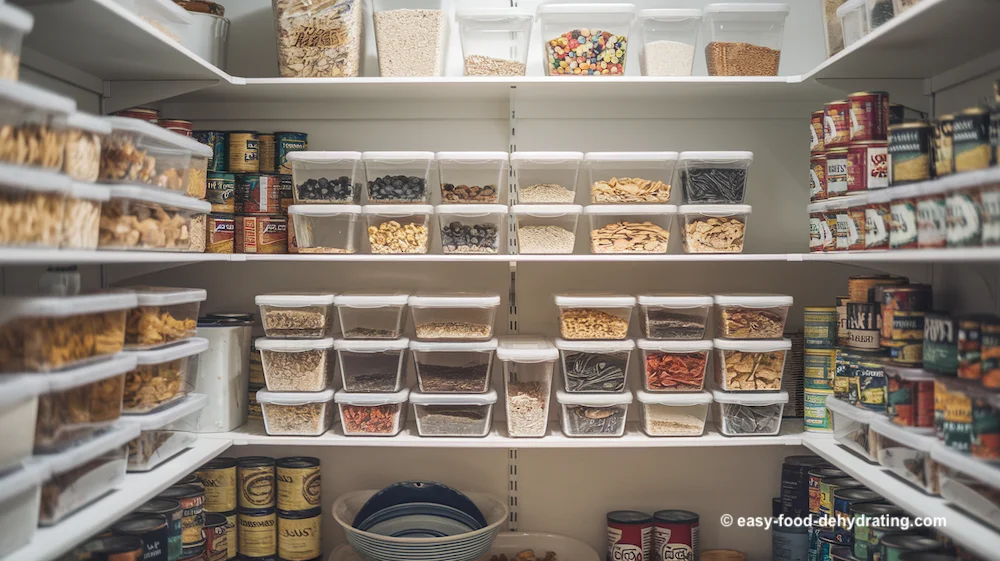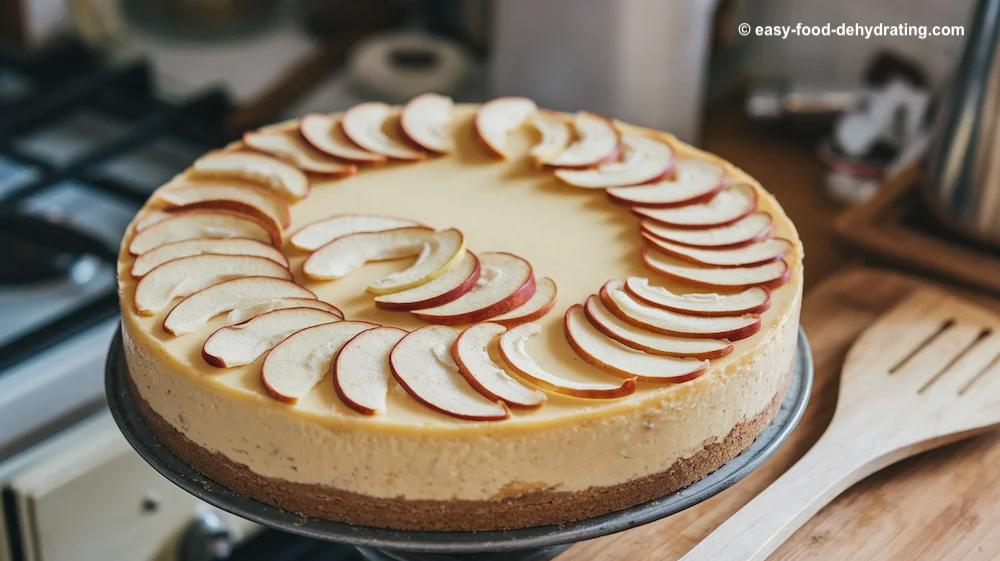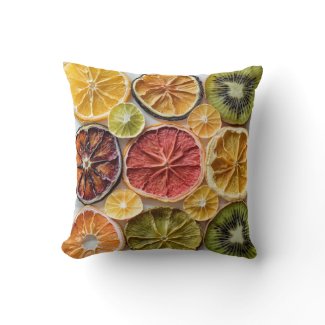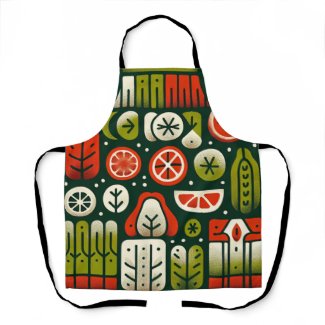- Home
- Easy Dehydrated Food Recipes
- How to Elevate Your Gourmet Dishes with Dehydrated Ingredients
How to Elevate Your Gourmet Dishes with Dehydrated Ingredients

Susan Gast | Author and blogger at Bored Boomers, Beesville Books, A New Sober You and Easy Food Dehydrating
What if the secret to taking your cooking to the next level was something as simple as dehydration? Many chefs are discovering that dried ingredients bring a depth of flavor and convenience that fresh ingredients just can’t match. Let’s explore how you can use dehydrated foods to enhance your gourmet dishes.
The Art of Dehydration: Why It Works
Dehydration isn’t just for survivalists and backpackers—it’s a smart way to extend shelf life and intensify flavors. Removing moisture locks in nutrients and makes ingredients more versatile, allowing you to enjoy seasonal flavors year-round.
Imagine capturing the essence of peak-season tomatoes and using them in a winter stew. That’s the power of dehydration—it keeps your pantry stocked with vibrant, flavorful ingredients no matter the season.
The Benefits of Cooking with Dehydrated Ingredients

Using dehydrated ingredients isn’t just about preservation. It’s about convenience, flavor, and reducing waste.
Dried ingredients take up less space, last longer, and don’t require refrigeration, making them perfect for meal prepping and gourmet experimentation.
How Dehydration Intensifies Flavor
Dehydration naturally concentrates flavors, making ingredients taste richer and more robust.
Think of sun-dried tomatoes—intensely sweet, tangy, and perfect for adding depth to pasta sauces, salads, and sandwiches. The same concept applies to dried mushrooms, fruits, and herbs.
Creative Ways to Use Dehydrated Fruits
Dried fruits aren’t just for snacking. Use them to:
- Add natural sweetness to oatmeal and baked goods
- Garnish desserts with citrus zest curls or dried berry powder
- Enhance salads with chewy dried apples or figs
- Blend into smoothies for a concentrated burst of flavor
Elevating Vegetables with Dehydration
Dehydrated vegetables are great for soups, sauces, and snacks. Adding dried spinach powder to sauces provides a nutritional boost, while crispy kale or zucchini chips make for a flavorful garnish.
Mixing dried bell peppers into stir-fries adds both texture and taste, elevating your dishes effortlessly.
Protein Packed: The Power of Dehydrated Meats
Dried meats, like beef jerky or dehydrated chicken, aren’t just for hiking trips. They add a delicious umami punch to pastas, soups, and charcuterie boards.
Rehydrate them for stews or use them as is for a savory, protein-packed snack.
Intensifying Aromas: Herbs and Spice and Everything Nice
Dehydrated herbs are often more potent than fresh ones, making them ideal for intensifying the aroma of soups and stews.
You can also create custom blends, adding depth to roasted vegetables and meats!
Using Dehydrated Ingredients in Desserts: Sweet Success

Dehydrated ingredients can add crunch, sweetness, and complexity to desserts.
Add dried apple chips on cheesecakes for a crisp contrast, use powdered dried fruit to naturally color and flavor frostings, and add dried coconut or banana chips to granola bars for extra texture and flavor.
Breakfast Ideas Using Dehydrated Ingredients
Wake up to a new morning ritual. Think oatmeal with spiced dried fruit or a savory smoothie topped with vibrant veggie chips for an added crunch.
Using dehydrated foods is also time-saving. No early hours peeling or dicing, no shelf-life worries—they’re just there in your pantry, waiting to embellish your morning meal.
Savory Snacks with a Crunchy Punch
Ditch bland store-bought snacks and try something new. Homemade kale chips with a sprinkle of sea salt provide a crispy, nutrient-dense alternative to traditional chips.
How about dehydrated sweet potato crisps with a hint of cinnamon? They offer a naturally sweet and satisfying crunch.
For a protein-packed option, spicy dried chickpeas bring bold flavors and a satisfying texture to snack time.
Using Dehydrated Ingredients in Full Meals
Dehydrated ingredients can transform entire dishes by adding depth and richness.
Dried mushrooms intensify the umami flavors in risottos and pasta sauces, while dried peppers contribute an extra layer of heat and complexity to chili.
Rehydrated beans and lentils make for hearty, flavorful soups and stews, giving your meals a gourmet touch with minimal effort.
Adding Dehydrated Elements to Cocktails
Bartenders are incorporating dehydrated ingredients to create visually stunning and flavor-enhanced cocktails.
Dried citrus wheels add an elegant touch as a garnish, while dried berries and herbs infuse spirits with deep, natural flavors.
Dehydrated honey provides a unique and all-natural way to sweeten drinks, making for a well-balanced and innovative cocktail experience.
Preserving Culinary Traditions with Dehydration
Dehydration has been used for centuries across cultures, from sun-dried tomatoes in Italy to dried fish in Scandinavia.
Incorporating these techniques into modern cooking connects us to rich culinary histories while reducing food waste.
Reinventing Classic Recipes with a Modern Twist
Take traditional recipes to the next level by incorporating dehydrated ingredients.
Add dried chili flakes to chocolate desserts for a spicy kick or mix powdered mushrooms into a gravy for extra umami depth.
How to Stock Your Pantry with Dehydrated Ingredients
Ready to start using dehydrated foods? Here’s how to build your collection:
- Look for high-quality fruits and vegetables at farmers' markets or online
- Dehydrate your own ingredients at home for ultimate control over quality and flavor
- Store them in airtight containers to maintain freshness
Get Your Free Guide to Dehydrating Food!
Don't forget to grab your free Six Simple Steps eBook! It’s packed with tips for dehydrating everything from fruits and veggies to dog treats. Get it here.
Before You Go...
If you like the content, please give me some love by clicking on the 🩷 in the lower right hand corner (on just about all my pages). This signals to me that you find it enjoyable and useful. Thank you so much!
















